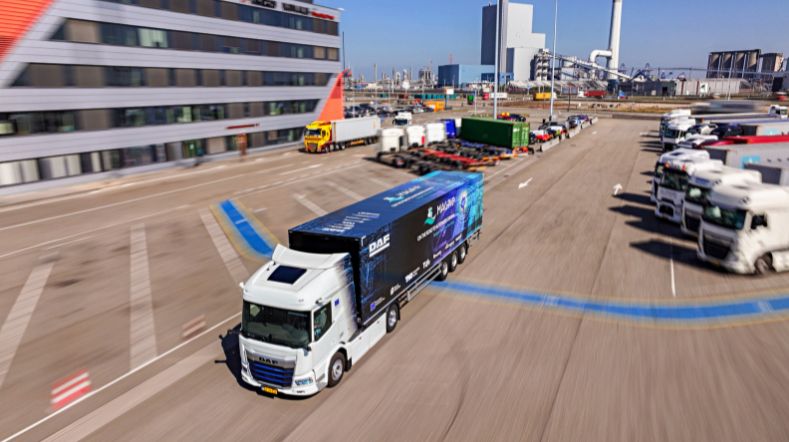
A better grip on road safety thanks to V4SAFETY
Our vehicles and mobility systems are becoming ever more complex. In addition to physical tests, simulations are increasingly being used to assess the safety of vehicle systems and traffic measures. To harmonise the many different simulation techniques, TNO is leading the widely supported consortium V4SAFETY. Its objective is to develop a broadly applicable framework of requirements for safety tests that should lead to a better grip on road safety.
Our mobility system is becoming increasingly complex. In the future of Cooperative Connected and Automated Mobility, vehicles will be connected to each other and their environment, increasingly taking over driving tasks from the driver.
The complex interplay between the vehicle and that environment also makes it increasingly difficult to validate the safety of vehicle systems. It is no longer sufficient just to test on the road or on a test track, not least because you cannot simply test Automated Driving Systems (ADS) on the road. For this reason, manufacturers are increasingly using test simulations to assess safety.
Olaf Op den Camp, Senior Consultant at TNO and Technical Lead on the V4SAFETY project, outlines the challenge: ‘When different organisations start using simulations based on their own experiences and insights, the results are difficult to compare. You can use all kinds of data sources for simulations. Moreover, you can interpret the results in different ways, making the value very difficult to assess. As early as in 2019, we worked with European industry and research partners to develop the ERTRAC Road Safety Roadmap, which raised this issue as a key area of concern.’

‘Manufacturers gain confidence in their system and governments gain insight into which systems enhance road safety.’
Aimed at vulnerable road users
A universal standard for simulations is essential, on the one hand to accelerate the introduction of Advanced Driver Assistance Systems (ADAS) and ADS, explains Op den Camp. ‘This is essential for manufacturers, who will gain confidence in the performance of their system based on specific studies. But on the other hand, it is also essential for public authorities, which will gain a better idea of the systems they should use to increase road safety.’
This prompted the European Commission to issue a call for proposals to design a safety assessment framework for simulations, aimed at protecting vulnerable road users.
‘The framework is primarily aimed at that target group and those systems [ADAS and ADS]. At the same time, we are drawing up the methods for this framework as generically as possible, so that they can later be applied to other systems, such as Automated Lane Keeping Systems (ALKS) or Driver Control Assistance Systems (DCAS).’
Specifying test protocols
A key driver of the initiative, TNO also plays a role within V4SAFETY as liaison between the consortium’s 17 international partners: OEMs (BMW, Toyota, Volvo Cars), suppliers, automotive research organisations, and universities. TNO’s extensive experience with scenario-based assessment methods and coordinating major European safety projects is very useful in that regard.
Olaf Op den Camp: ‘One of those projects was aimed at drafting a protocol for cyclist detection systems for Euro NCAP. In the process, we noticed that the interactions between cyclists and cars were so complex that it was difficult to extract sufficient data from accident analyses alone in order to specify those tests properly.’
‘That is why we started analysing possible interactions using sensors, and then structuring them into scenarios. The next step was to define tests based on those scenarios. We use the same process within V4SAFETY, although it is only one of the methods for arriving at a description of the required test scenarios.’

‘To assess the value of the test results, you need to be able to see at least which process was followed to obtain the results. This includes documentation of the process and the data underlying the simulations.’
Looking under the hood
With this project, the consortium ultimately seeks to arrive at a safety assessment framework: a set of rules as the basic structure of a simulation. ‘The principle of such a simulation is simple,” explains Op den Camp. “You take one car with a safety system and another car without one. You model each vehicle and run both models through the same set of tests.’
‘You then look at what the car equipped with the system does differently – and hopefully better – than the car that is not equipped with it. Based on that result, and with proper extrapolation, it is possible to estimate how valuable such a system will be for European road safety.’
In addition, the authorities will want to be able to take a look under the hood at a later stage to see how simulations have been performed. Op den Camp: ‘To assess the value of the test results, you should at least be able to see what process was followed to arrive at those results. This includes the documentation of the process and of the data underlying the simulations. Our long track record of working with simulations and scenario-based safety assessment is certainly of great added value here.’
Millions of vehicle interactions
The enormous complexity of modelling and standardising all vehicle interactions is one of the biggest challenges of this project. Op den Camp: ‘We want to make millions of vehicle interactions safe by influencing vehicle behaviour. You can achieve this through various measures, for example by intervening in the system or by making adjustments to the environment, to traffic rules etc.’
‘To evaluate all those solutions, you need models: models for human behaviour, both physical and mental, and models for the various measures – those for the vehicle system itself, but also for legal and infrastructure-related measures, such as making helmets compulsory or constructing speed bumps. Having modelled everything optimally, what requirements do you then set for the interplay between the simulation tools and those models? Moreover, the amount of data is limited, so again you need models to be able to make the right assumptions.’

‘We notice a strong need for standardization. Various applications and different stakeholders will employ a harmonized structure.’
First draft delivered
Despite the complexity of the task, a first draft of the basic framework has already been delivered halfway through the 3-year duration of V4SAFETY. ‘Harmonised requirements have been established for 3 different types of models. Templates have been created to determine which models you need for which type of assessment and how to link them together.'
'We have also developed 11 use cases as ‘proof of the pudding’. They show how to use the templates in practice and how best to run simulations with the various models. At the end of the project, I hope to be able to use these cases to demonstrate the framework’s effectiveness.’
Eventually, the framework should start contributing to an ISO standard as a basic requirement for models and simulations to validate the effectiveness of vehicle systems. This will enable various stakeholders to arrive at a real understanding of the value of the results.
One framework for all stakeholders
While that standard does not yet exist, Op den Camp stresses that the V4SAFETY framework can already be applied. ‘We have noticed a very strong need for standardisation. The great thing is that a harmonised structure will soon be available for a variety of applications by different stakeholders.’
‘Moreover, the framework can already contribute to our road safety – not only when it comes to validating systems, but also in the development phase, where it can help industry make the right choices. Thanks to V4SAFETY, we are able to accelerate the development and implementation of many vehicle safety systems.’
Would you like to know more or take part?
Manufacturers, suppliers, researchers, policymakers, vehicle authorities, and other stakeholders can still join V4SAFETY’s stakeholder network. In this way, you will continue to be involved in the development of the framework and the progress of the project. You can find more information on the project website.
Get inspired
How is YER award winner Chris van der Ploeg doing?
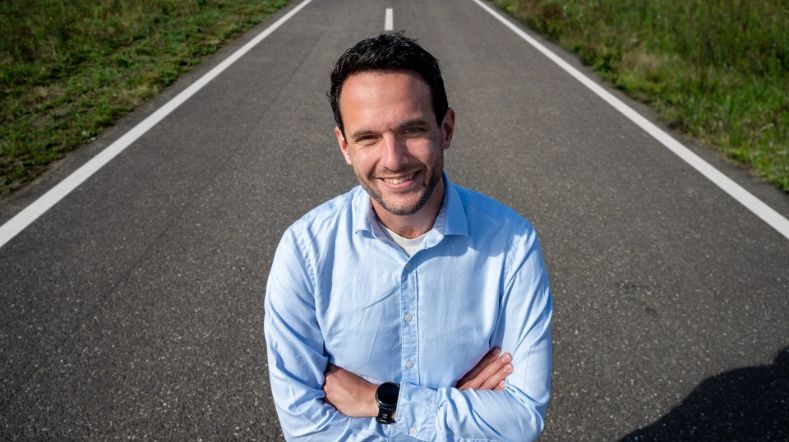

TNO launches Motion Comfort Institute for automated vehicle era
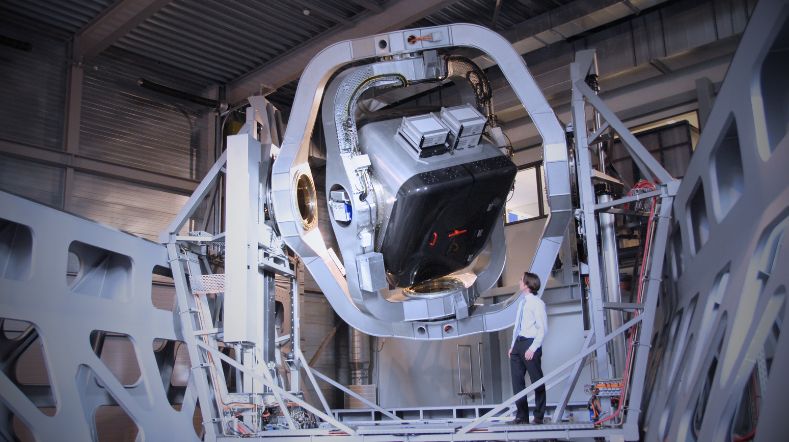

Releasing autonomous software faster with DeepScenario and TNO’s StreetWise
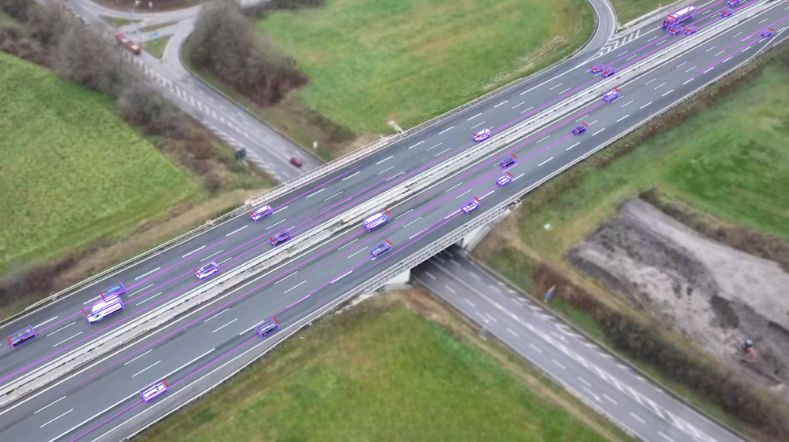

MARQ opens its doors: a place to collaborate on the mobility of the future
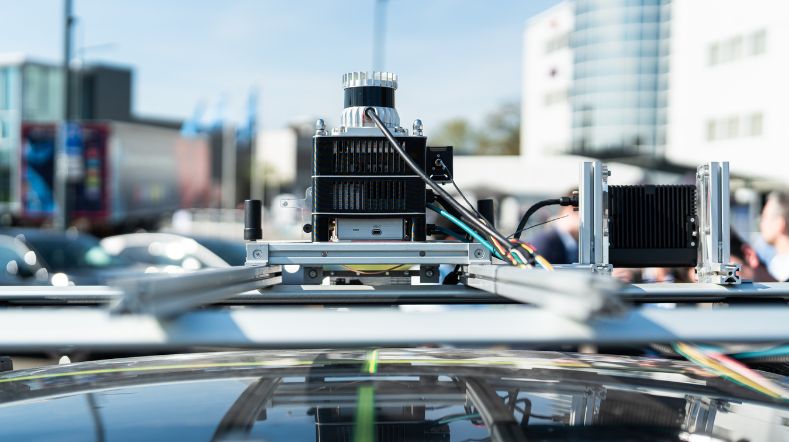

Demonstrations of automated driving and charging for logistics at Maasvlakte
